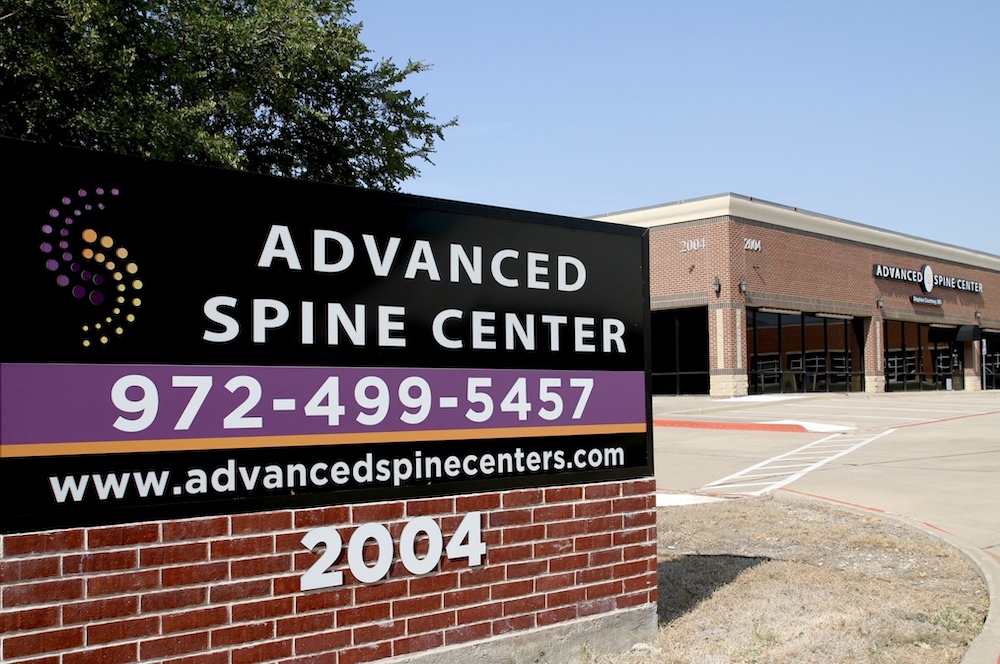Specialties
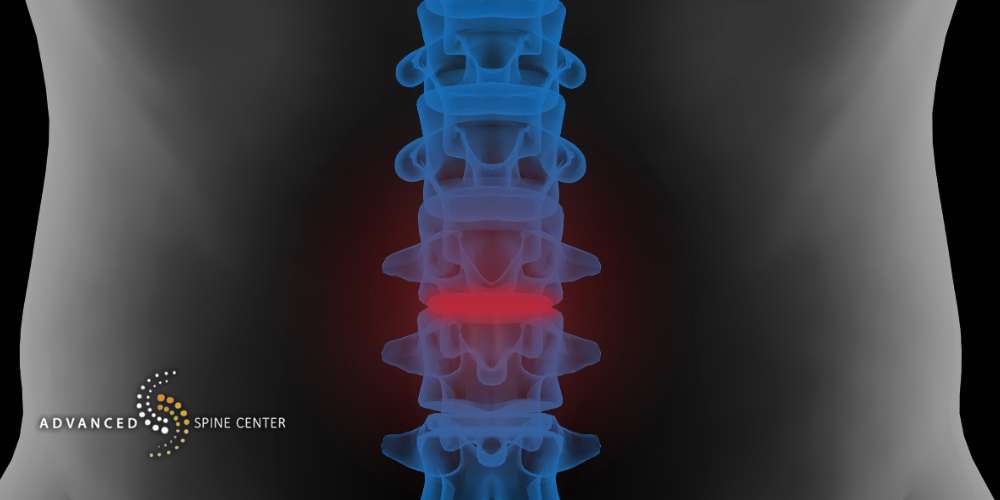
Lumbar Discectomy and Replacement Surgery in Plano
Lumbar disc replacement surgery in Plano can be a helpful option if you’ve been dealing with lower back pain for months or years and are seeking a dependable way to reclaim your quality of life. At the Advanced Spine Center in Plano, TX, our commitment involves a thorough evaluation and a targeted surgical treatment plan designed to guide many patients toward relief.
One effective method is lumbar disc replacement surgery, a procedure that addresses a diseased disc in your lower back and replaces it with an artificial disc. For individuals in Plano and the DFW region, we strive to provide the knowledge you need to make an informed choice about the next step in your care.
Led by Dr. Stephen Courtney, a board-certified orthopaedic surgeon specializing in spine surgery, Advanced Spine Center outlines how lumbar disc replacement may benefit those coping with degenerative disc disease or persistent chronic low back pain. For additional details or to schedule an appointment, please call (972) 499-5457.
Lumbar Spine Anatomy
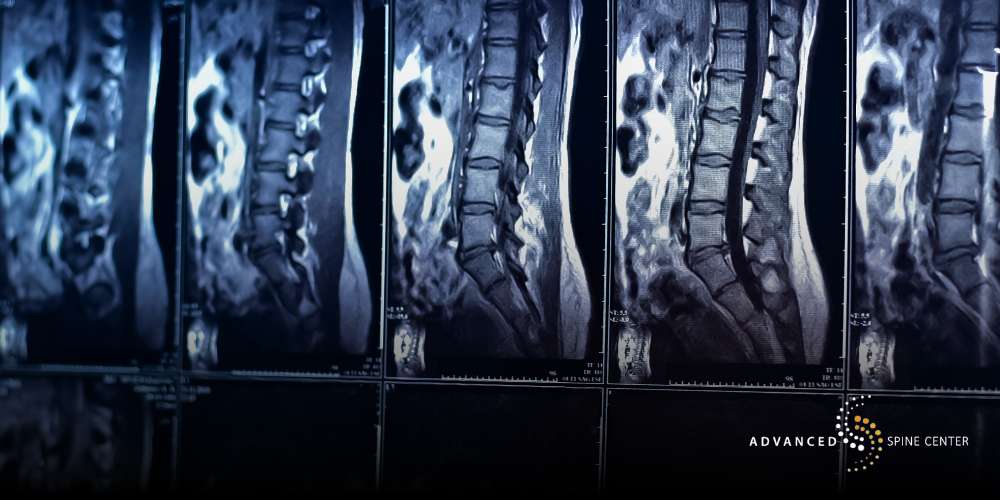
The lumbar spine is made up of five vertebrae in the lower back. Between these bones, each intervertebral disk serves as one of the body’s natural shock absorbers, helping to maintain flexibility and promote smooth movement. When a damaged disc no longer functions correctly, it can place pressure on nerve roots or restrict motion.
According to an article by MedlinePlus through the National Library of Medicine, chronic low back pain can occur if any one part of this region is compromised, causing back stiffness, decreased movement, and difficulty standing.
In some cases, problems in the cervical and lumbar spine can appear due to normal aging, injury, or degenerative disc disease. Individuals experiencing constant pain or limited mobility often benefit from a physical exam and follow-up imaging studies to determine if a lumbar disk replacement or fusion surgery is appropriate. A comprehensive review of your spine using x-ray imaging helps us pinpoint the exact location of the diseased disc before creating a specialized treatment plan.
What Is Lumbar Disc Replacement Surgery?
Lumbar disc replacement surgery involves removing a problematic lumbar disc and placing an artificial disk in its place. The intent is to preserve motion, limit pain, and support overall spine function. This approach can be an alternative to lumbar spinal fusion, which traditionally locks vertebrae together to stabilize the back. Disc replacement surgery has grown in popularity for individuals seeking to maintain movement while achieving relief.
During disk replacement surgery, the surgeon works through a small incision in the abdomen to remove the damaged disc, avoiding the spinal cord from the front rather than the back. The new artificial disk replacement is then inserted to serve as a supportive structure between the vertebrae. This surgical procedure typically helps people return to normal activities sooner than other options if they are deemed appropriate for the operation.
Lumbar Fusion and Artificial Disc Replacement
In certain cases, lumbar fusion surgery in Plano, TX, is performed to stabilize portions of the spine by joining two vertebrae so they heal as a single bone. This approach has proven to help many patients with back pain, with reported success rates ranging from about 50% up to 90% for individuals whose discomfort results from degenerative disk issues. However, some people experience no improvement after a successful fusion, and the belief is that restricting normal motion may contribute to persistent pain.
Lumbar disc replacement offers an alternative for those who did not gain adequate relief through fusion. Instead of welding the vertebrae, this method implants an artificial disc in the space of a damaged or degenerative disc, which can maintain or restore normal motion in the spine. Generally, when a single lumbar disc has significant wear, a single-level lumbar total disc replacement may suffice. Patients who have multiple levels affected might still consider other surgical treatments, but many find disc replacement a useful option if lumbar fusion did not alleviate their symptoms.
During a thorough consultation, the healthcare team explains potential complications, expected pain levels, and the recovery process steps for each procedure. By considering individual factors—such as overall spinal health, the number of problematic discs, and how the back responded to prior treatments—patients receive guidance on whether lumbar disc replacement might help them move forward with less pain and better functionality.
What Is Lumbar Disc Replacement Surgery Used to Treat?
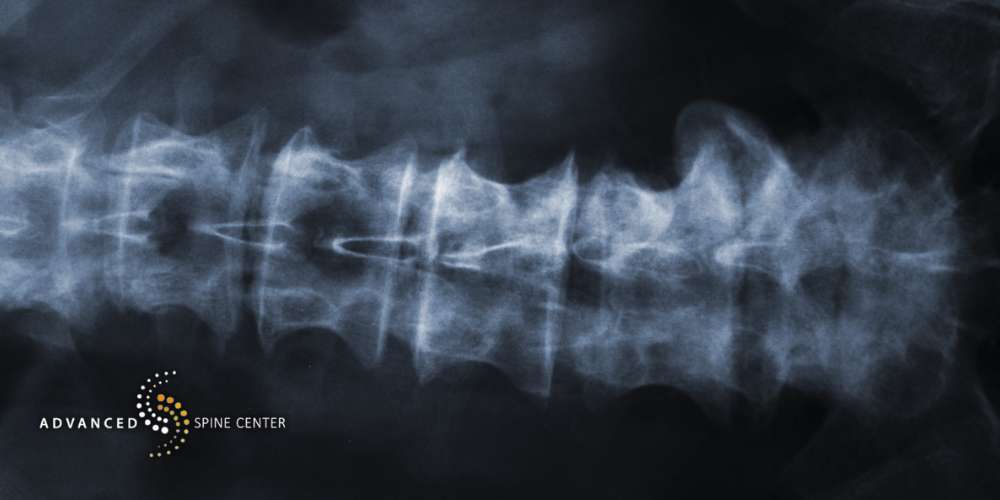
Lumbar disc replacement surgery is primarily utilized to address degenerative disc disease, chronic low back pain, or conditions where a single diseased disc is the main source of discomfort. When less invasive options fall short, disc replacement can provide a method to regain stability without sacrificing motion. If a damaged disc cannot mend on its own, removing and replacing it with an artificial spinal discs device may help resolve ongoing symptoms.
Patients who undergo disc replacement surgery usually have tried conservative measures first, including physical therapy, pain medication, and activity modification. When these approaches prove insufficient, replacement surgery can become a worthwhile option. It can sometimes be a reliable alternative to spinal fusion surgery.
Some people with spinal stenosis might also explore lumbar disc replacement if their narrowing does not respond to nonsurgical care. Correcting a diseased disc that contributes to nerve impingement can improve overall function.
Low Back Pain
Ongoing lower back pain can have a detrimental impact on work, leisure, and daily routines. It is often linked to lumbar disc problems that worsen with certain movements. Although conditions like spinal stenosis or muscle strain are also common causes, a thorough evaluation is needed to confirm if a disk replacement might help.
During the consultation, your orthopaedic surgeon will assess your pain levels, look at any previous imaging studies, and check your range of motion. If chronic low back pain does not diminish after a few weeks or months of conservative care, it may be time to consider whether artificial disk replacement is an option for you.
Lumbar Degenerative Disc Disease
Although it sounds intimidating, degenerative disc disease just means that the intervertebral discs lose some water and elasticity. Over time, the shock absorbers in the spine wear down, potentially causing lower back pain and stiffness. Disc replacement surgery can address these issues in certain instances by substituting the worn-out lumbar disc with an artificial disk designed to mimic natural movement.
Diagnosing degenerative disc disease in Plano, TX, begins with a thorough physical exam. We also use magnetic resonance imaging to examine the intervertebral disk condition. By investigating the blood vessels and surrounding structures, we can see whether a damaged disc is pushing on nerve roots or limiting your mobility.
Who Is a Good Candidate for Lumbar Disc Replacement?
Many factors are considered to determine if an individual is a good candidate for a lumbar disc replacement procedure. These may include:
- Age
- Overall spinal alignment
- Bone health
- Severity of degenerative disc disease
- Location of discomfort (usually moderate to severe chronic low back pain in a single lumbar disc region)
- Results from imaging (such as an x-ray) confirming that a single level is primarily responsible for symptoms
- Lack of previous major spine surgery
- Absence of major joint problems or advanced spinal stenosis
- Sufficient structural integrity in the vertebrae above and below the affected disc
Once these considerations are addressed, lumbar disc replacement can be a practical way to regain function and reduce pain.
How to Prepare for Lumbar Artificial Disk Replacement
Preparation for artificial disk replacement begins with a full review of your medical history, including any prior treatments that did not provide adequate relief. You might need additional imaging studies, lab work, or a diagnostic exam to pinpoint the exact location of the diseased disc. Once everything is clear, you can schedule your surgery date.
Leading up to the procedure, it is advisable to focus on lifestyle changes that promote your overall health. Staying active within safe limits, practicing any prescribed physical therapy exercises, and eating a balanced diet will help your body prepare for replacement surgery. Individuals may also consider quitting smoking prior to surgery as it can affect bone healing and blood vessels and flow.
What Is the Lumbar Disc Replacement Process?
During the lumbar disc replacement procedure, the patient is sedated under general anesthesia. Next, a small incision is made in the front of the abdomen, allowing careful removal of the lumbar disc without disturbing the spinal cord from behind. The surgeon then places an artificial disc between the vertebrae, taking care to position it precisely for ideal movement. This process can help preserve motion that might otherwise be lost with a full lumbar fusion.
After the new artificial disc replacement is inserted, the incision is closed and the patient is moved to a recovery area. Individuals remain in the hospital for at least one night so staff can monitor pain levels and confirm there are no immediate potential complications.
Lumbar Disc Replacement Surgery Recovery
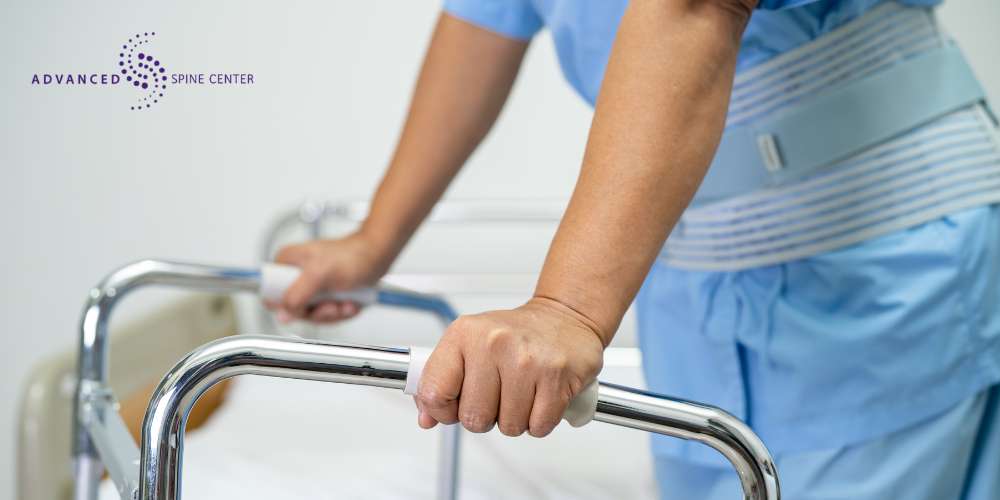
Most patients can begin gentle walking with supervision the day after lumbar disc replacement surgery. While it is possible to resume certain light tasks quickly, heavy lifting must be avoided for a few weeks to protect the healing site.
Individuals who work desk or light-duty jobs are often able to return within two to three weeks, depending on each person’s healing rate. Detailed post-operative instructions from your surgeon’s office will cover topics such as bathing and hygiene, dressing changes, medication schedules, activity restrictions, and the timing of follow-up appointments.
Unlike a spinal fusion procedure, an artificial disk replacement does not require bones to fuse together, which allows for early controlled movement through the trunk area. This can potentially shorten rehabilitation and speed up recovery.
Excessive bending, twisting, or hyperextension should be avoided in the first few weeks so the bone can properly heal around the new disk. During your spinal surgery recovery time, low-impact activities like walking and gentle stretching are encouraged to build strength and support overall function as healing progresses.
L5-S1 Disc Replacement Success Rate
Studies of lumbar total disc replacement at L5-S1 have shown promising results, with research indicating success rates ranging from approximately 75% to over 90%. This encouraging outlook stems from continuous technological advancements and modern surgical methods, involving minimally invasive approaches that reduce potential complications.
The life expectancy of a high-quality artificial disk can vary, but many designs are intended to function effectively for years. A well-placed artificial disk replacement can provide lasting benefits when combined with recommended follow-up and lifestyle changes that support spinal health.
Although this procedure holds a strong track record, no single surgery can guarantee success for everyone. Continued follow-up is vital to monitor healing and assess any issues that might develop in adjacent discs over time. In rare instances, a second surgery may be required if new problems emerge at neighboring levels. Nevertheless, most people who receive an L5-S1 disc replacement report an overall positive outcome.
What Are the Potential Risks and Complications of Lumbar Disc Replacement?
Possible risks and complications of lumbar disc replacement surgery include:
- Infection
- Injury to nearby blood vessels
- Implant misalignment or issues positioning the artificial disk
- Spinal stenosis developing in other levels over time
Disc replacement may place lower risks on adjacent discs compared to spinal fusion. However, it remains important to verify adequate bone density and rule out significant structural problems prior to scheduling replacement surgery. Individuals with advanced arthritis or certain spinal deformities may not see the same level of benefit.
Achieve Pain Relief with Lumbar Artificial Disc Replacement in Plano, TX
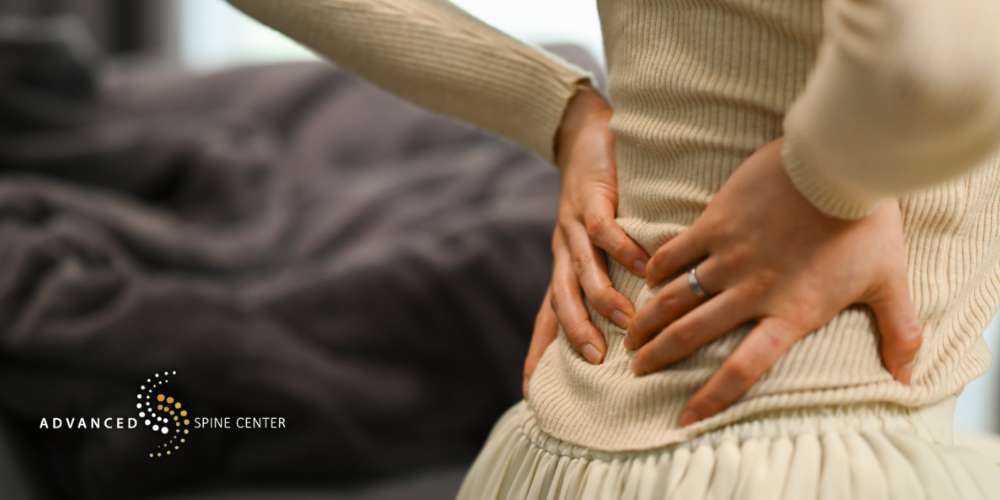
Whether you are deciding between lumbar disk replacement or a different form of spine surgery, our aim is to outline the process and the likely results. Clinical evidence and practical experience confirm that disk replacement surgery can help many patients enjoy a more active lifestyle and pain relief.
At the Advanced Spine Center, your well-being remains our commitment. We encourage anyone in Plano or throughout the DFW area with unmanageable lower back pain to contact us for a consultation. Our team will discuss each step of the procedure, address potential complications, and walk you through the recovery process.
If you are ready to explore your next steps, please contact us and schedule an appointment with Dr. Stephen Courtney at Advanced Spine Center in Plano, TX. A conversation with our team today can set you on a path toward a more comfortable tomorrow—call (972) 499-5457 now.
